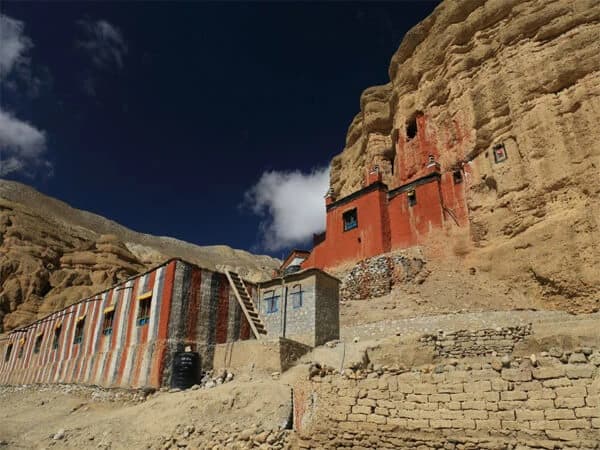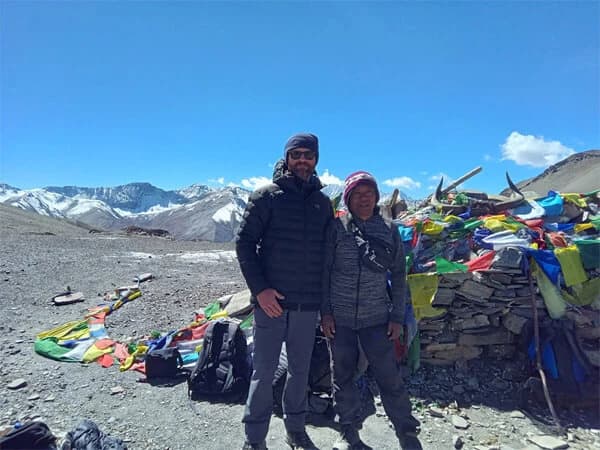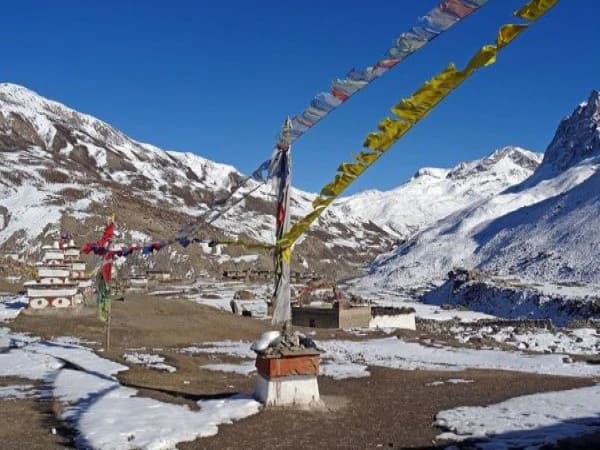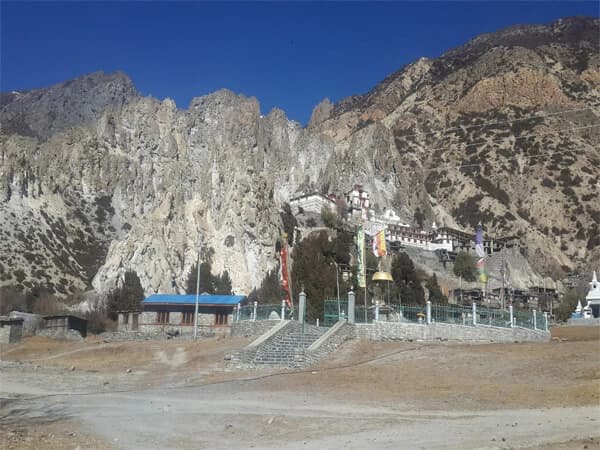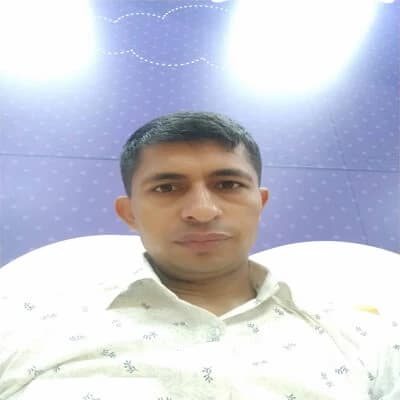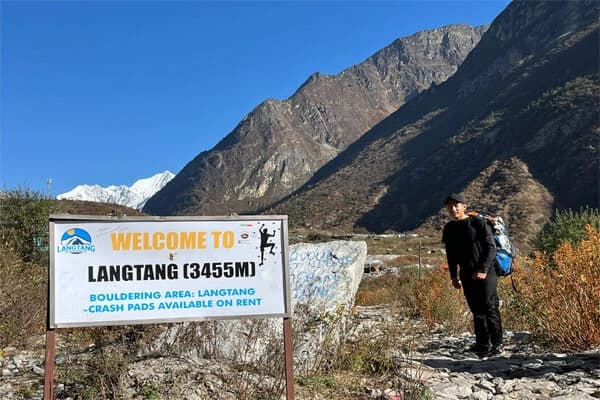If you are a great lover of the off-the-beaten-pathtrekking in Nepal, you might love doing Dolpo Trek or Upper Mustang Trek. Before planning your adventure you must know about Upper Dolpo Trek difficulty. The Dolpo Region Trekking lies in the Trans-Himalayan Region in Far Western Nepal. Dolpo Trek difficulty level is classified in a challenging trek in the Trans-Himalayan Region.
Before booking this trip, the first thing you need to know is “How difficult is Dolpo Trek?” Without knowing Dolpo Trek Difficulty, we advise you not to decide to do this trekking in Nepal. As a restricted area trekking in Nepal, Dolpo Trek is one of the most difficult treks in the Himalayas. You are not allowed to do this trip as a solo trekker in Nepal but you must be at least 2 members in your group.
You must take special trekking permits called restricted area trekking permits for this journey. From a financial point of view, Dolpo Trek is more expensive than Everest Base Camp Trek or Annapurna Circuit Trek. But the rewards you get in this trip outweigh the amount you spend for booking Dolpo Region Trekking. If you don’t want to do restricted area trekking, you can also choose Lower Dolpo Trek at a reasonable cost. Lower Dolpo Trek cost is lower than that of Upper Dolpo Trek as it is a free individual trekking (FIT) zone of Nepal.
To know the difficulty of Dolpo Trek, we’d better discuss each factor individually. Therefore, this Dolpo Trek Difficulty blog is dedicated to all of you who desire to do an offbeat trek in Nepal.
Trekking Trail Conditions During the Dolpo Trek
The first and foremost factor to measure Dolpo Trek's difficulty is the condition of the trekking trails. If the trails are in good condition, you can complete a Nepal trekking package without hindrances. On the contrary, if the Nepal trekking trail condition is poor, you might face difficulty to trekking in Nepal.
Dolpo Trek is one of the off-the-beaten-path trekking in Nepal. As it is a restricted area of trekking, a very small number of international trekkers do this trip.
It is geographically remote and a very small number of people reside in Dolpo Region. Thus, the trail conditions may not be as clear as those of Everest Base Camp Trek or Annapurna Base Camp Trek.
However, as it lies in the rain shadow area of Dhaulagiri Massif (8,167m), the trail conditions are not disturbed much by rains and floods. It receives very less amount of rain and precipitation. That’s why, you can even do Dolpo Region Trekking in monsoon season.
Dolpo Trek in the winter season is not recommended much because the snowline might block the higher altitude trails. You might not be able to cross the high passes of Dolpo Region.
In the past, the Dolpo Region was not very popular, so in some sections, the trail might have been lost due to weeds. Nevertheless, this region has drawn the attention of the tourism authorities of Nepal from the Federal to Local level. So, the trails are maintained regularly.
Altitude Gain and Terrain Type
Altitude gain and terrain type are another factor that causes Dolpo Trek difficulty. Trekking to Upper Dolpo Region begins from an altitude of above 2,300m and gradually gains altitude. The highest altitude you reach is 5,300m.
As long as you reach higher than 2,500m, the oxygen level becomes thinner and you feel suffocated. However, as you gain altitude gradually, there won’t be much problem in dealing with Dolpo Trek's difficulty.
Dolpo Region terrain resembles more with the Tibetan Plateau. This region is dry and dusty due to the high altitude and less vegetation.
The terrain type is steep and sloppy and moves high above the tree line. As you pass along Shey Phoksundo National Park, you can enjoy the flora and fauna of the Trans-Himalayan Region of Nepal.
Despite remoteness, you will frequently enjoy the eye-catching mountain vistas. Dhaulagiri Massif (8,167m), Sisne Himal (5,911m), and Kanjiroba Himal (6,883m) respectively play hide and seek with you!
AMS or Altitude Sickness
Acute mountain sickness (AMS) or altitude sickness is one of the factors contributing to Dolpo Trek's difficulty. As the Dolpo Trekking Routes rise above 2,000m up to 5,300m, altitude sickness is a challenge for Dolpo Trek.
Due to remoteness, you won’t find any medical services except in emergency cases. Thus, we recommend you pack the preventive and curative medicines in your backpack.
Moreover, the team leader also carries a first-aid box that contains all the necessary gadgets for curing and preventing AMS. You are highly advised to have enough rest, and food, drink water, and sleep peacefully. This helps you keep your physical fitness in proper condition. When your physical fitness is okay, then obviously, your mental readiness remains higher.
The trekking hours per day are not much longer, so you can also take pauses in the middle of the travel. Don’t forget to walk with your colleagues and team leader.
If you feel any of the altitude sickness symptoms, report them to your team leader. As he is experienced in trekking higher, he can take quick actions to protect you from this AMS. Try to keep your body hydrated as much as possible. As you don’t find shops en route, keep enough drinkable water in your backpack.
Nepal Trekking Hours per Day
Nepal Trekking hours per day also matter in assessing Dolpo Trek's difficulty. Although the Dolpo Region lies in a remote area of Nepal, the trekking hours per day are not much longer.
The average trekking hours per day is 4/5 hours for a Dolpo Region trekker. The shortest duration you have to walk is 3/4 hours while the longest is 6/7 hours. As most of the days have short trekking hours, you might easily deal with Dolpo Trek difficulty.
If you are an experienced trekker, the walking hours might not be a big deal. But for a beginner trekker, walking for about 4/5 hours along the steep and sloppy trail might be a challenge.
To cope with Dolpo Trek's difficulty, you can practice some warm activities and regular exercises as well. The short trekking hours let you have a break in the middle of the journey uphill and downhill along the route.
Food and Accommodation During the Upper Dolpo Trek
Dolpo Trek's difficulty should be discussed from a food and accommodation services point of view. Dolpo Trek is completely a camping trekking in Nepal as you might not find teahouses throughout the trail.
There are both advantages and disadvantages of camping trekking. You don’t get a large number of choices in food and accommodation facilities. Traveler must be happy with the food supplies made by their crew and sleep at the tented camps in the remote areas.
You might not find hot showers, laundry services, and comfortable toilet facilities during the camping trekking. Thus, you shouldn’t forget to keep basic stuff in your rucksack before starting Dolpo Trek.
Although food and accommodation services are basic, you get to enjoy the cultural songs and dances performed by the crew members. You get to know about the culture and traditions of the crew members who might be from different ethnic communities of Nepal. The fun part of the camping trekking will definitely help you forget the difficulty of the Dolpo Region Trek.
Weather Conditions
One of the factors determining Dolpo Trek's difficulty is Weather conditions. Dolpo Region Trekking begins from Jupal at an elevation above 2,000m. You have to go across passes above 5,000m.
Due to the variation in trekking trail elevation, you will experience diverse weather conditions and temperatures. Spring and autumn are the best time to trek to Dolpo Region. The average temperature of Nepal Dolpo Region in spring and autumn ranges from 14 and -10 respectively.
In the monsoon season, domestic flights to Nepal are often canceled due to bad weather conditions. Nepalgunj Juphal flights are no exception. Even though Dolpo Nepal lies in the rain shadow area of the Dhaulagiri Massif (8,167m), flight cancellation might increase Dolpo Trek's difficulty.
Dolpo Trek in winter is not much recommended for national and international trekkers in Nepal. As the trekking trails consist of high passes above 5,000m, the thick layers of snow block the way.
Upper Dolpo Trek Itinerary
Upper Dolpo Trek itinerary ranges from 8 days to 27 days depending upon the route you want to follow. Likewise, your vacation, previous experience of trekking in Nepal, and the acclimatization days you prefer affect the itinerary of the Dolpo Region Trek.
Moreover, there are a few variations of Dolpo Trek demanding different durations. The most recommended variations are the Upper Dolpo Trek 27 days itinerary and Lower Dolpo Trek 18-day itinerary.
If you have just a couple of days to spend in Nepal, yet want to witness the aerial view of the beautiful Dolpo Region, you can book the Dolpo Helicopter Tour. A helicopter tour to Dolpo facilitates you with the joy of its natural and cultural beauties just in 4/5 hours from Kathmandu.
Upper Dolpo Trek Itinerary
Dolpo Trek Itinerary Variations
- Upper Dolpo Trek with Phoksundo Lake Trek and Rara Lake Trek – 25 Days
- Bonpo Sanctuary Trek Ending in Mustang – 35 Days
- Dolpo-Jomsom Trek via Mukot – 16 Days
- Upper Dolpo Trek with Upper Mustang Trek via Lo Manthang – 30 Days
- Upper Dolpo Trek with Upper Mustang Trek via Ghami – 33 Days
- Lower Dolpo Circuit Trek – 15 Days
Conclusion: Upper Dolpo Trek difficulty
After knowing the Upper Dolpo Trek difficulty level, you can decide whether or not to choose this trip. Located in the Trans-Himalayan Region of Nepal, this trip rewards you with amazing mountain scenery, rich biodiversity, and a desert-like landscape.
Despite being a complete camping trekking consisting of high passes above 5,000m, Dolpo Trek's difficulty can be beaten. Just follow the tips given in our AMS or Altitude Sickness section.


